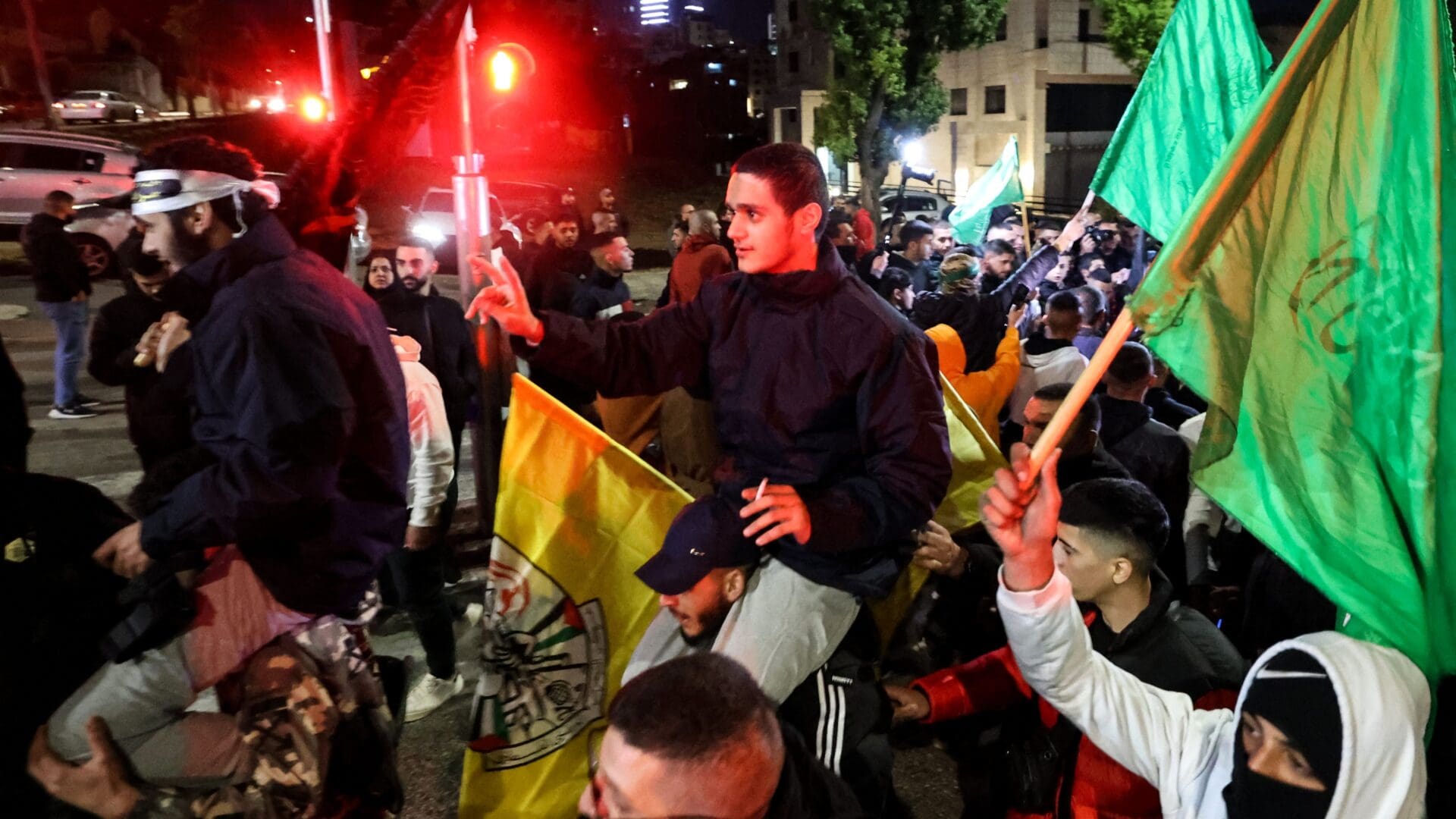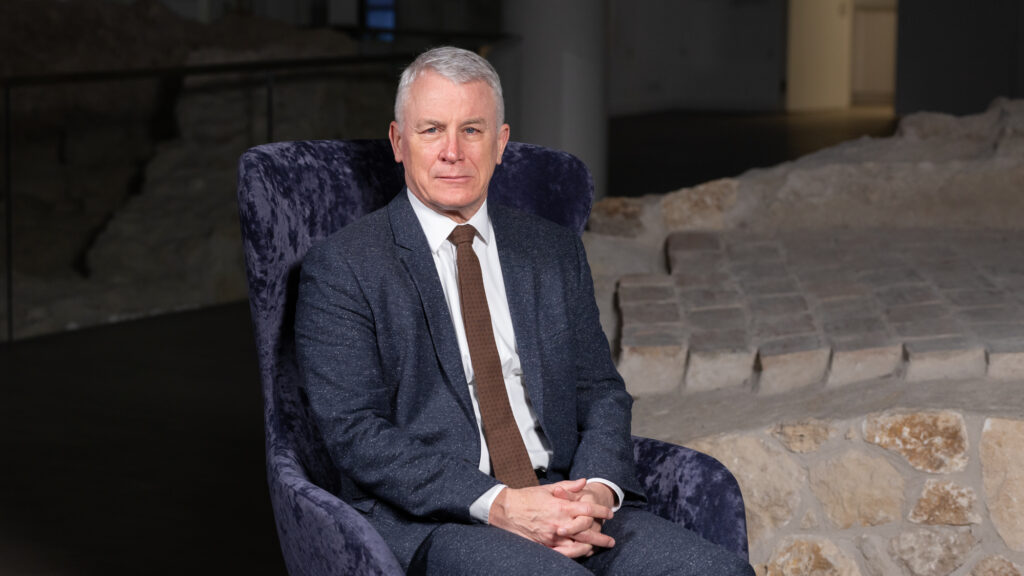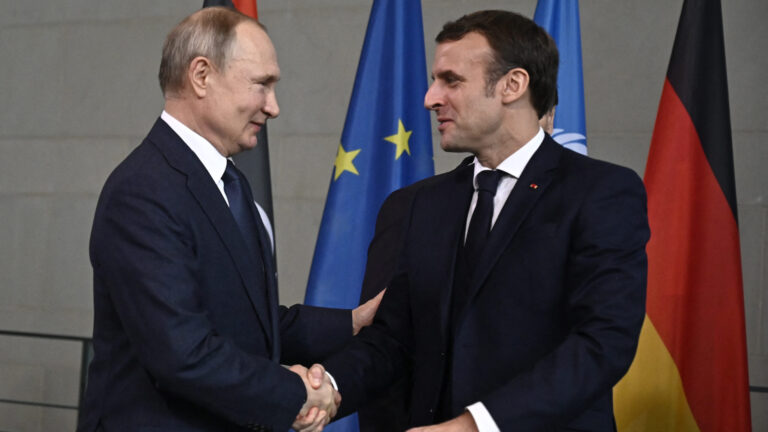The international press has reported that according to the Israel Defence Forces, four Israeli soldiers were not only killed by Hamas during the 7 October attack, but their bodies were also abducted and are ‘held captive’ in Gaza. The soldiers were Tomer Yaakov Ahimas, Kiril Brodski and Shaked Dahan, and Colonel Asaf Hamami, one of the four Israeli colonels who fell on 7 October.
Why is Hamas abducting bodies and what does it hope to gain? The answer is that Israel has not only released many terrorists in the past in exchange for living soldiers, such as Gilad Shalit in 2011, but the abduction of Israeli corpses has also proved to be a ‘fruitful venture’ for terrorists. In the Jewish religion, dead bodies are highly revered, and attempts are made to bury them as soon as possible.
Islamist terrorists have repeatedly abused this fact in the past, demanding the release of terrorists in exchange for dead bodies.
The most famous example is the case of Oron Shaul and Hadar Goldin. During the last war in Gaza, on 20 July 2014, Hamas shot down an Israeli armoured personnel carrier, killing several passengers and abducting the body of Oron Shaul. Initial reports said that Shaul had been taken alive, and the Western press published photos of Palestinians celebrating in the streets of Gaza and Ramallah. Hamas gleefully announced that they had managed to capture a ‘new Gilad Shalit’.
On 1 August, Hamas attacked the Rafah border crossing during a ceasefire. They killed two Israeli soldiers and took the body of one, Hadar Goldin, with them. Hamas demanded the release of terrorists in exchange for the bodies and, interestingly, before 7 October, according to press reports, one of the ways in which they had distracted Israel’s attention was by negotiating behind the scenes with the Jewish state, including for the return of the two bodies.
And in fact, there have been examples of Israel actually releasing terrorists in exchange for bodies.
It is not only Hamas that likes to ‘trade’ in corpses. The Lebanese Shiite Hezbollah has successfully done so on several occasions. In 2000, they tried to kidnap three Israeli soldiers, Adi Avitan, Benjamin Avraham and Omar Sawaid from the Lebanese border. The soldiers were killed in the kidnapping attempt, but in 2003 Israel released 435 Palestinian and Lebanese prisoners in exchange for their bodies. On 16 July 2008, Hezbollah exchanged the bodies of two Israeli soldiers captured in the 2006 Lebanon war, Ehud Goldwasser and Eldad Regev, for Samir Kuntar and four Hezbollah soldiers captured by Israel in the 2006 Lebanon war.
As there have been recent suggestions online that Palestinian/Arab ‘freedom fighters’ would not harm children, it is worth mentioning in passing who Samir Kuntar was.
He was a Druze-born member of Hezbollah who was involved in the Nahariya attack in 1979. The northern Israeli settlement was attacked by four Palestinian terrorists arriving in a speedboat. One of them was Kuntar, who was 16 (!) at the time. First they shot an Israeli policeman, then broke into an apartment and kidnapped the father, Danny Haran, and his four-year-old daughter Einat. However, on the beach they were engaged in a firefight by Israeli security forces. When Kuntar saw that their boat had been rendered unusable,
he shot Haran in the head and then smashed Einat’s skull in with the butt of his rifle.
The tragedy of the Haran family did not end there: the mother, hiding in the apartment, accidentally suffocated their two-year-old daughter Yael when she tried to keep her baby quiet.
Kuntar and another attacker survived; the other perpetrator was released in 1985. Kuntar was blown up in 2015, in what Hezbollah claimed was an Israeli revenge attack, but the Free Syrian Army claimed responsibility for the murder.
As far as the current war is concerned, it is a particularly painful detail that Hamas, after the 7 October attack, published footage of the desecration of the bodies of Israeli soldiers.
In the current ‘body snatching’, the terrorists hold the remains of the highest-ranking Israeli officer ever to have been abducted, so it seems likely that this time Hamas can expect serious results from their terrible practice.







